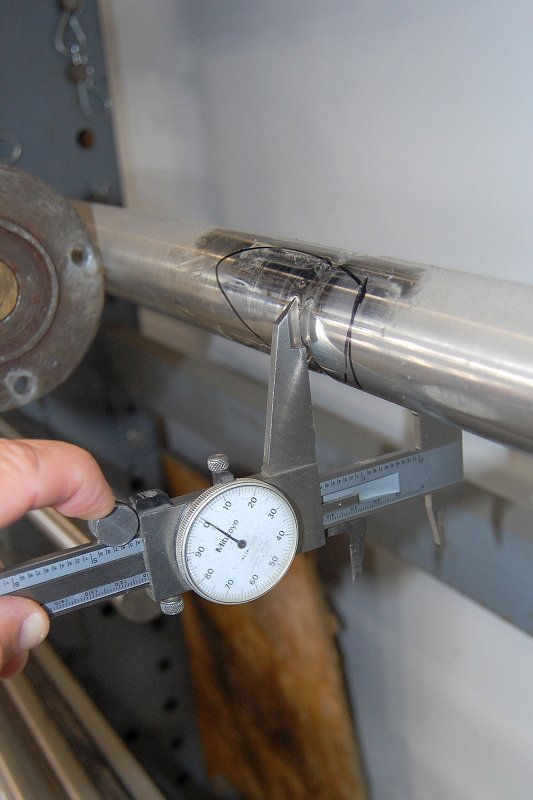.............. sorry, still going to stand by every word in my original post.
1. The shaft has plenty of cross sectional area to conduct away all heat formed from friction.
2. No worry about carbonates precipitating at elevated temperatures because the shaft always runs cold.
3. Buddy of mine (with money) uses GFO packing and runs his stuffing box dry as dust and stone cold. Gortex is just playing it super safe with their "almost" drip free statement.
4. I can only afford (read as cheap) teflon impregnated flax and I've never had a drop of water in my bilge from the gland.
5. I do have a light salt fuzz which forms (after a full season) where the shaft enters the gland nut which shows any microscopic leakage is evaporating before it can drip. I keep the gland and shaft covered in silicone grease and all wipes clean in a second at the end of the season. There is never a drop of water below the shaft.
Looks like Old Wive's Tales really die hard around here.

Sort of reminds me of Maine's expose on whether a prop has more resistance to drag when rotating or when locked in place. There's one old wive's tale that died a sudden death. Please offer solid facts if you intend to argue this point.

Speaking of old wive's tales like these two, does anyone out there have anymore gems they'd like to post here or perhaps start a new post.
I can't make it out sailing on a beautiful windy day like today so thought I'd add a little more fuel to the fire. Fair winds to the smart people who are out there today.






